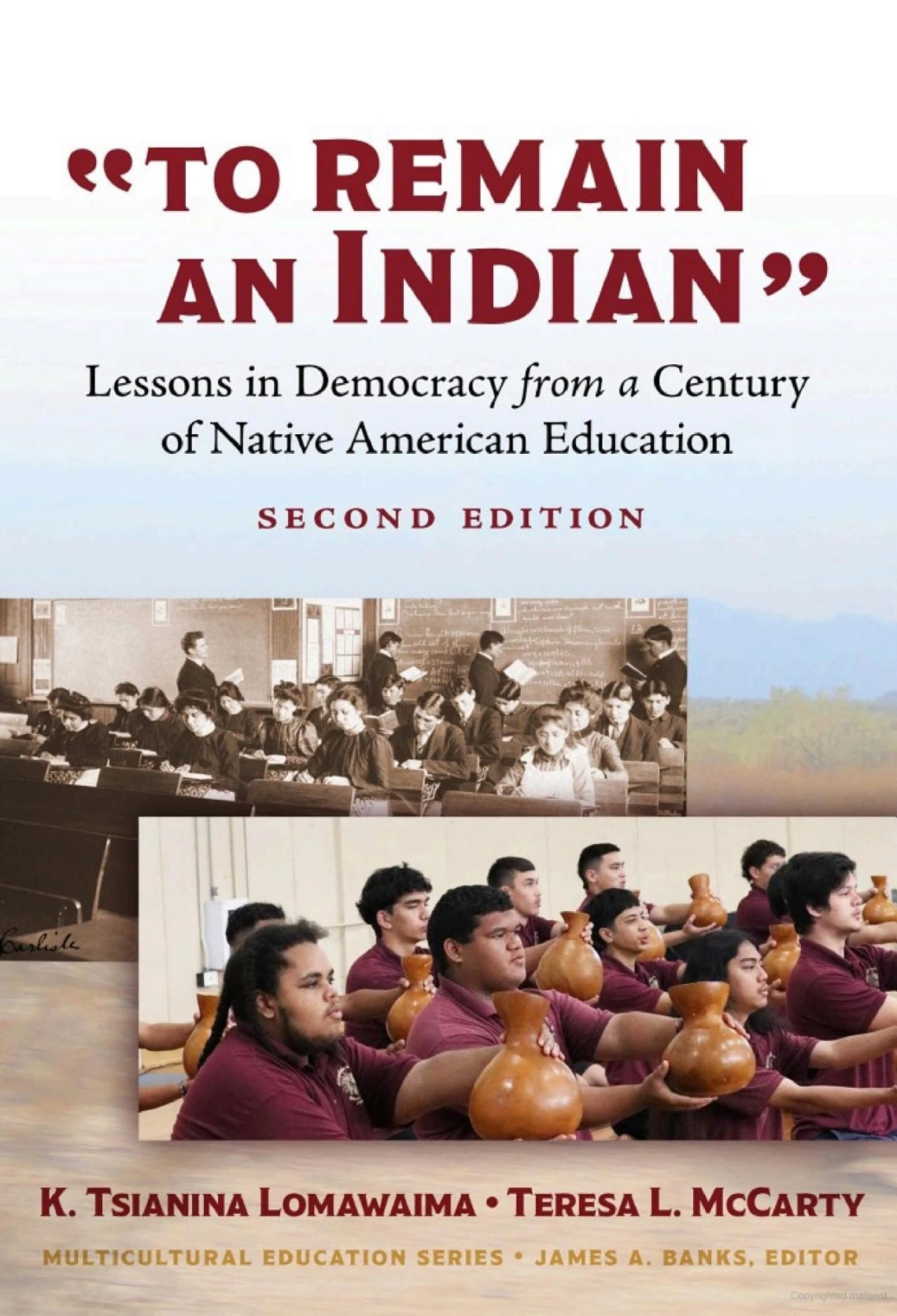
What might we learn from Native experiences with schools to help us forge a new vision of the democratic ideal - a critical democracy that respects, protects, and promotes diversity and human rights? In this fascinating portrait of American Indian education over the past century, the authors critically evaluate U.S. education policies and practices - from early 20th century federal incarnations of colonial education through the contemporary standards movement. In the process, they reveal the falseness of fears attached to notions of "dangerous cultural difference," and convey the promise of diversity as a source of national strength. Featuring the voices and experiences of Native individuals that official history has silenced and pushed aside, this text: proposes a theoretical framework of the "safety zone" to explain shifts in federal educational policies and practices over the past century; offers lessons learned from Indigenous America's fight to protect and assert educational self-determination; overturns stereotypes of American Indians as one-dimensional learners; argues that the struggle to revitalize and maintain Indigenous languages is a fundamental human right; and, examines the standards movement as the most recent attempt to control the "dangerous difference" allegedly presented by students of color, poor and working class students, and English language learners in U.S. schools.

